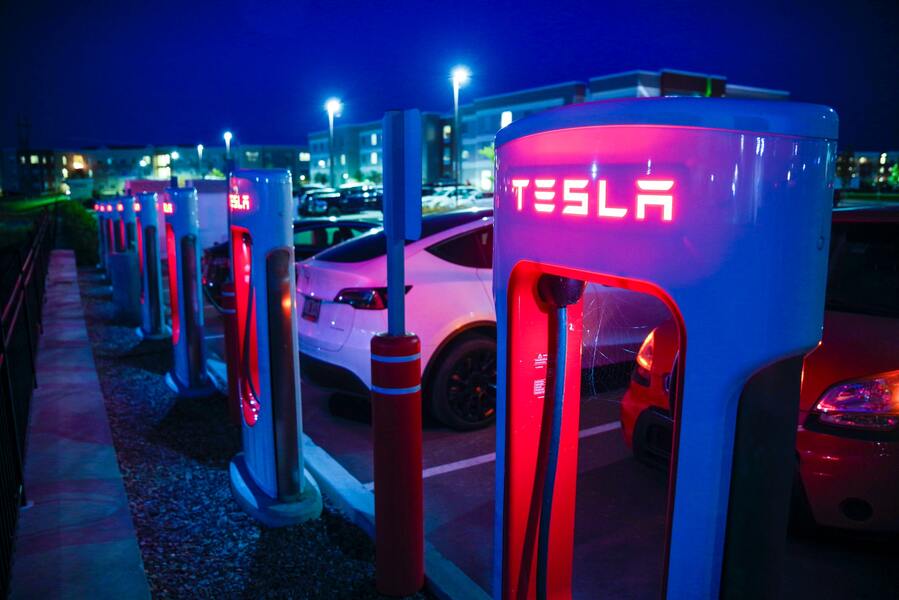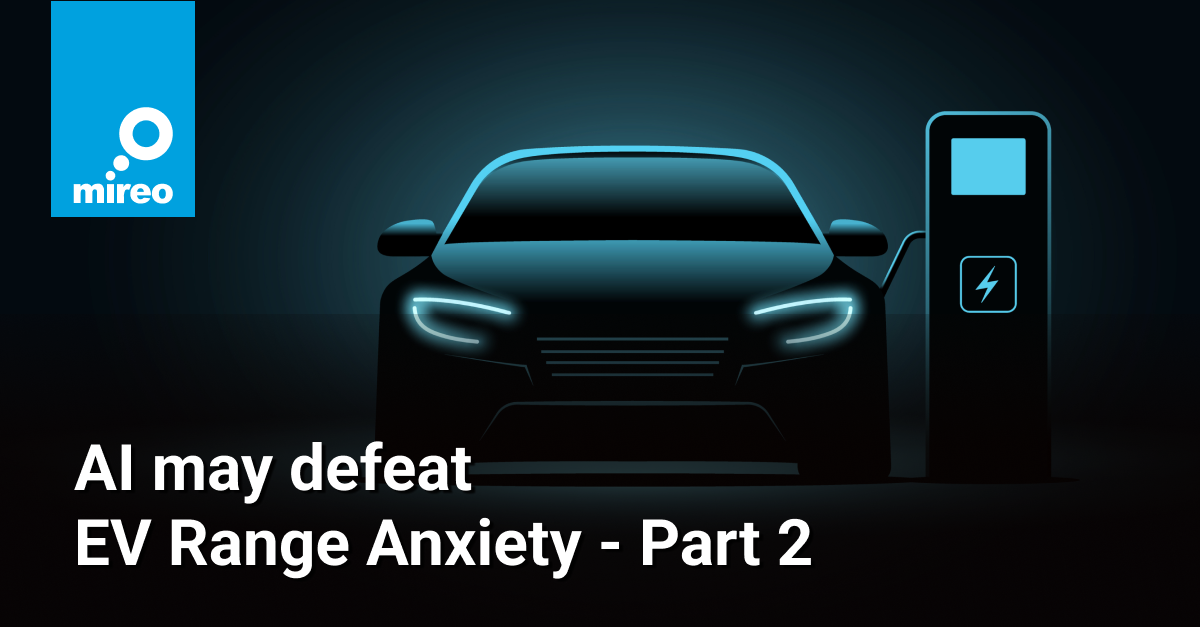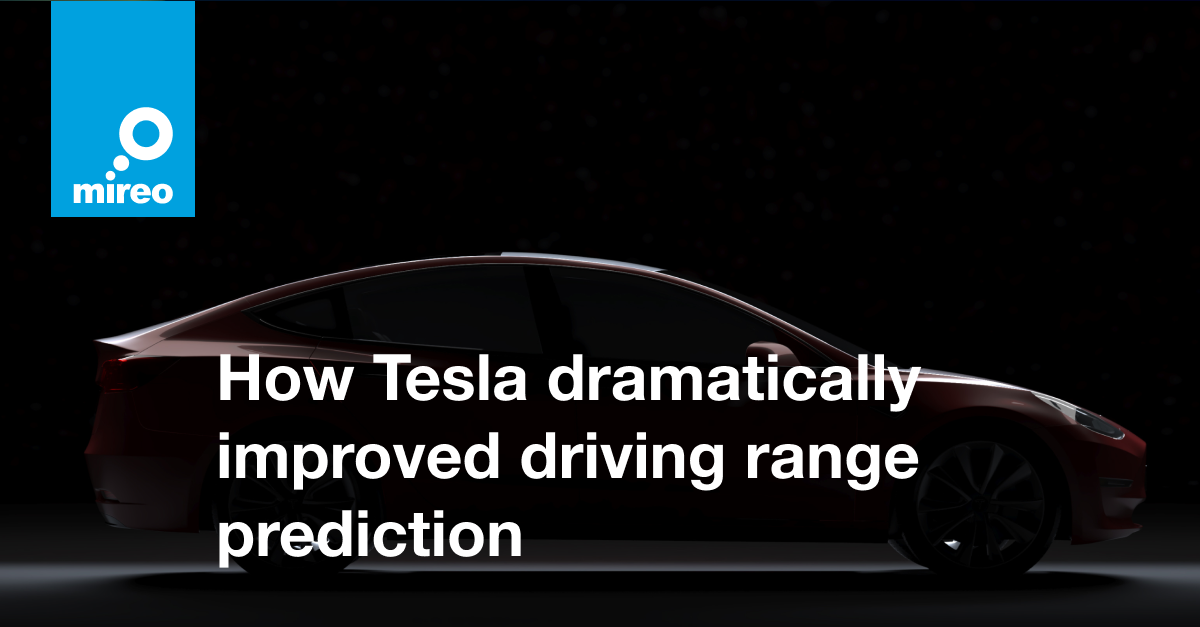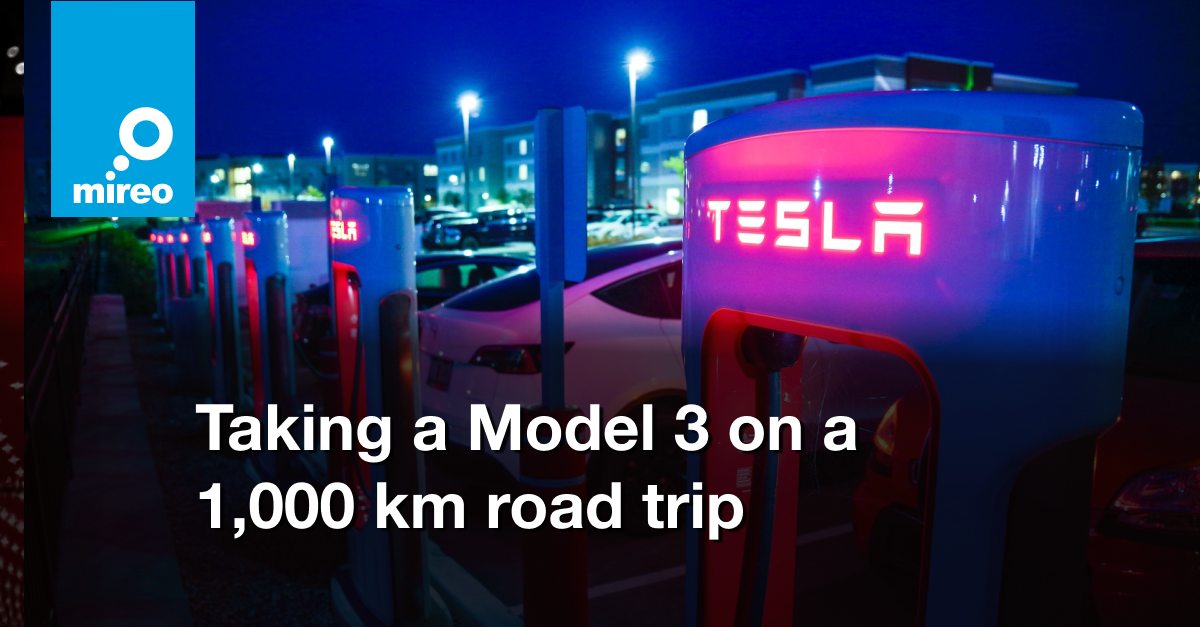Let’s demo what it’s like to drive a 3 year old Tesla Model 3

The advertised range of our Tesla Model 3 Standard Range Plus is 350 km, which translates into a 250 km - 330 km highway range in cold and mild weather. With a safety buffer in mind, this 250 km range translates into charging every 150 km, assuming the fast chargers are available on the route.
#1 Zagreb - Pula, 270km drive is impossible to do in the wintertime.
The only super-fast charger (supercharger) on this 270 km trip is in Karlovac, just 50 km from the starting point. However, driving 220 km with a 250 km battery range in wintertime and on mountainous highways is not for the faint-hearted. But the other options are far away from practical:
- visit a slow public charger in Rijeka
- visit a 2-stall fast public charger in Rijeka, hope it won't be occupied
- 70 km detour via Senj supercharger
- cross-country trip via Ljubljana, Slovenia
#2 Zagreb - Perugia: a 770 km drive requires homework
It's like driving with a toddler - everything depends on when and where the car wants to eat and sleep.
The safest option is to recharge every ~150 km on superchargers or make 4-5 chargings. A driver must expect that something might go wrong and carefully plan the route.
Drivers use either in-car GPS navigations or various route planners to find the optimal routes, but nobody does this tedious chore by hand or relies on seeking the suitable, operating, and available charger at 20% battery left.
But battery consumption varies on dozens of parameters, from car and battery type, route and road type, temperature, AC/heating usage, number of passengers; the sky is the limit. And you have to ask yourself the question:
How on Earth can a route planner know how the car discharges the battery to suggest when it should recharge?
It is crucial to note how accurate battery discharge prediction needs to be; otherwise, recharging locations will be way off. However, since it's difficult to accurately predict battery consumption when it depends on so many parameters, many in-car GPS navigations underestimate or overestimate the remaining battery range.

An experienced EV driver will tell you that the in-car range estimation is sometimes off by a stunning 20-30% across the board. And sometimes, after the nerve-wracking drive to the nearest charger, the suggested charger on the route might not even work at all or might be too busy.
Most of the time, the range estimation is accurate enough, drivers don’t completely drain out the car battery seeking a charger, and most of the time, chargers work just fine. But when the range estimation makes a mistake, it does it colossally - enough for drivers to stop trusting the in-car GPS navigation and refer to it as a guess-o-meter.
This is precisely what the world calls range anxiety - the fear of not reaching the destination with an EV car with enough battery remaining.



